11th June 2012.
Poor Jason! After driving our bus about 200 km along the bumpy, unsealed Mereenie Loop Road, watching out for large potholes and straying wild animals such as camels, brumbies, donkeys and kangaroos, when we finally arrived at Hermannsburg, the centre was unexpectedly closed for a few days.
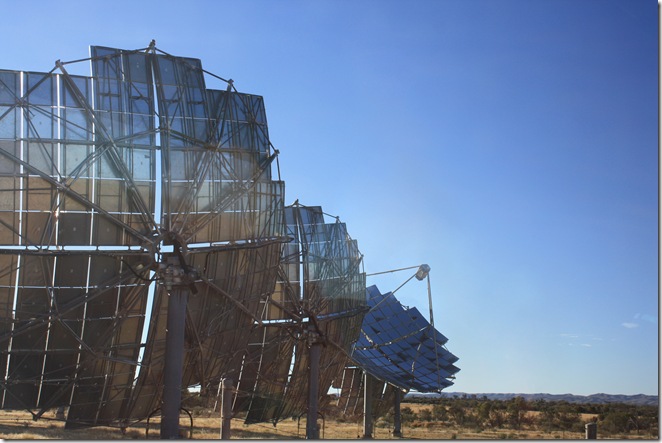
Ever resourceful, Jason took us to see the Hermannsburg Solar Power Station, opened in 2006.
The solar power station supplies about half of the community’s electricity requirements, the remainder being supplied by diesel-powered generators.
These mirrored dishes concentrate sunlight by 500 times onto PV modules housed within a receiver. The tracking mechanism allows electricity to be produced whenever the sun is more than 5° above the horizon.
The third dish from the left appears to be tracking a different sun.
Australia has vast amounts of free sunlight which I think should be utilised more in providing our electricity. Maybe the controversial Carbon Tax, introduced yesterday (1st July 2012) will directly or indirectly promote research into and implementation of this clean, green resource.

The church, now a museum, was built by Pastor Carl Strehlow, who arrived in 1894. Strehlow planted two gums in front of it and erected the church bell between them. One of the gums has since died and the bell, which still stands, is rather incongruously propped up by a post on the right hand side.
Picture from http://www.abc.net.au/radionational/programs/hindsight/lutheran-church/3187606 (We didn’t have an opportunity to take pictures.)
Hermannsburg is an Aboriginal community 131 km southwest of Alice Springs, known in the local Western Arrernte language as Ntaria. It was established in 1877 by two Lutheran missionaries from Germany who named their new mission after Hermannsburg in Germany where they had trained.
The mission had a chequered history, facing many problems such as drought, disease, lack of resources and local knowledge, and opposition from local settlers, local police and the Aboriginal people themselves.
There are arguments both for and against the efforts of missionaries in Australia, e.g.:
“It has often been said that missions and missionaries, of whatever religion, have done more harm than good among the Aboriginal population of Australia….. They obstructed their native culture and dreamtime practices, brought different tribes together and were against their nomadic practices. In the end they created a group of people who lost their roots and did not belong, nor were accepted, by either white or black societies.
On the other hand there is the opinion that without these missionaries the future of these Aborigines would have been even worse. They were already dispossessed, detribalised, raped and murdered by white settlers, farmers, pastoralists, police and governments, whose occupation of their lands made it impossible for the Aborigines to continue their way of living and adhere to their dreamtime culture.”
From http://www.southaustralianhistory.com.au/hermannsburg.htm
The mission land was handed over to traditional ownership in 1982. Much of the historic township is now protected by the National Trust.

William Dargie, Australia 1912 – 2003 | Portrait of Albert Namatjira 1956 | This painting won the Archibald Prize in 1956. Image from http://qagoma.qld.gov.au/exhibitions/travelling/past/namatjira_to_now
Albert Namatjira, perhaps Australia's best known Aboriginal painter, was born at Hermannsburg in 1902. He developed the ability to use his acute observation of the land to paint Western-style watercolours. Painting in this style came to be known as the Hermannsburg School of painting.
Namatjira’s distinctly unique landscapes became an enormous success. Hundreds of thousands of Australian homes even today would contain a Namatjira print. Queen Elizabeth II became one of his more notable fans, and he was awarded the Queen’s Coronation Medal in 1953.
As Namatjira's income grew, so did his extended family. At one time he was reputed to be singlehandedly providing for over 600 people. His situation, although tragic, served to highlight the unequal treatment of Aboriginal people. He died in Alice Springs in 1959, having completed over 2,000 paintings.

Albert Namatjira, Australia 1902-1959: Arreyonga Paddock, James Range. Image from http://cultured.com/image/1569/Arreyonga_Paddock_James_Range/
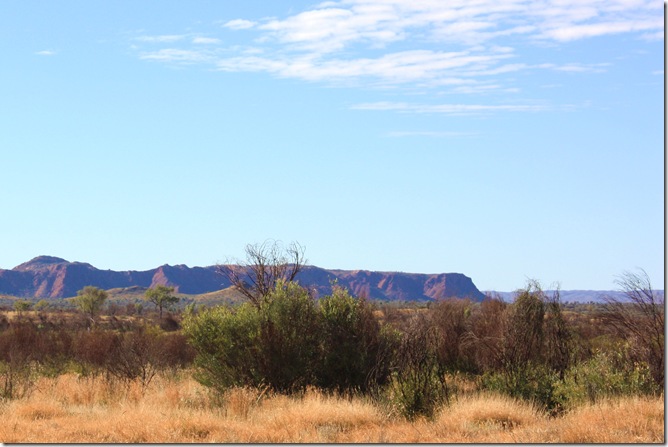
West McDonnell Ranges from Hermannsburg.
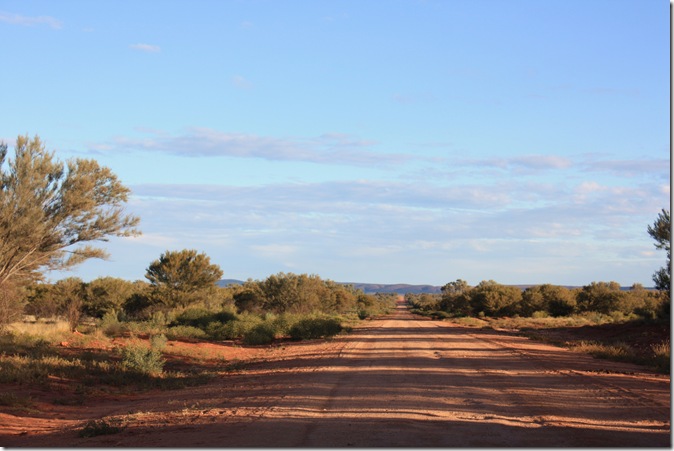
As the afternoon shadows lengthened, we left Hermannsburg behind (along another unsealed road).
![IMG_1163 - Copy - Copy [Desktop Resolution] IMG_1163 - Copy - Copy [Desktop Resolution]](http://lh5.ggpht.com/-OvAtniOH9wY/T_EhkxTAkwI/AAAAAAAAHC4/BoJXa-agXSc/IMG_1163%252520-%252520Copy%252520-%252520Copy%252520%25255BDesktop%252520Resolution%25255D_thumb%25255B1%25255D.jpg?imgmax=800)
Wild brumby impressions.

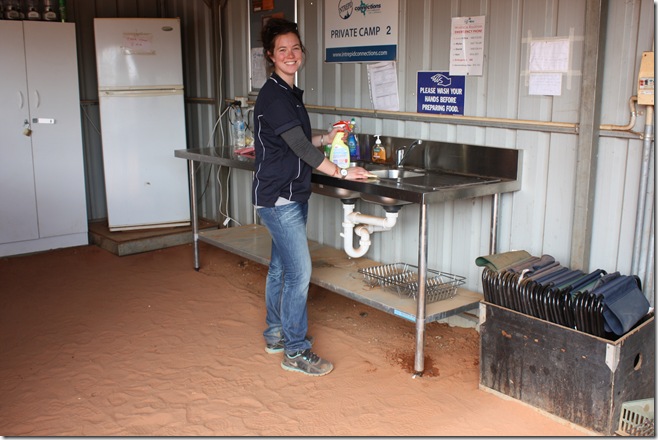
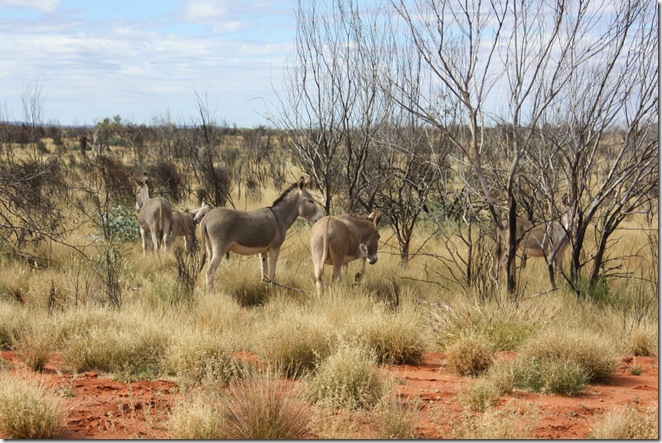
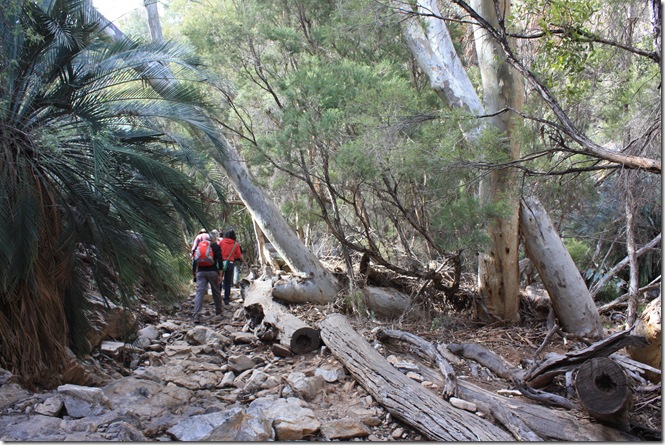
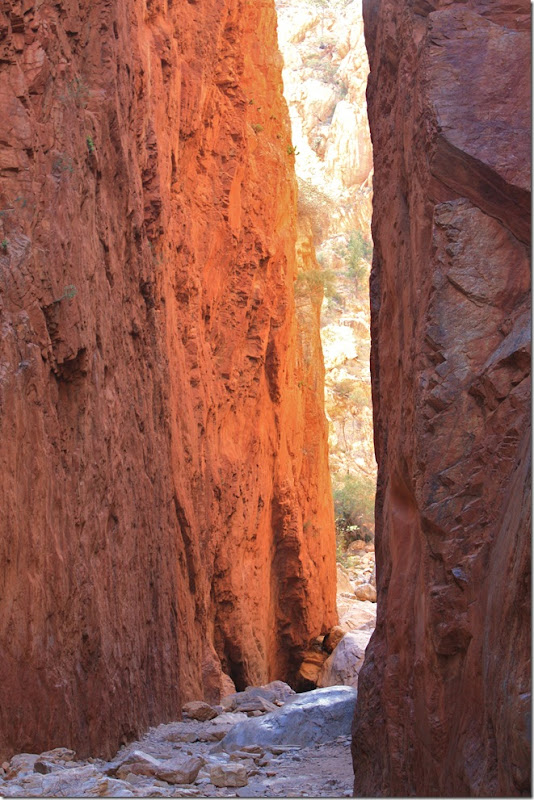
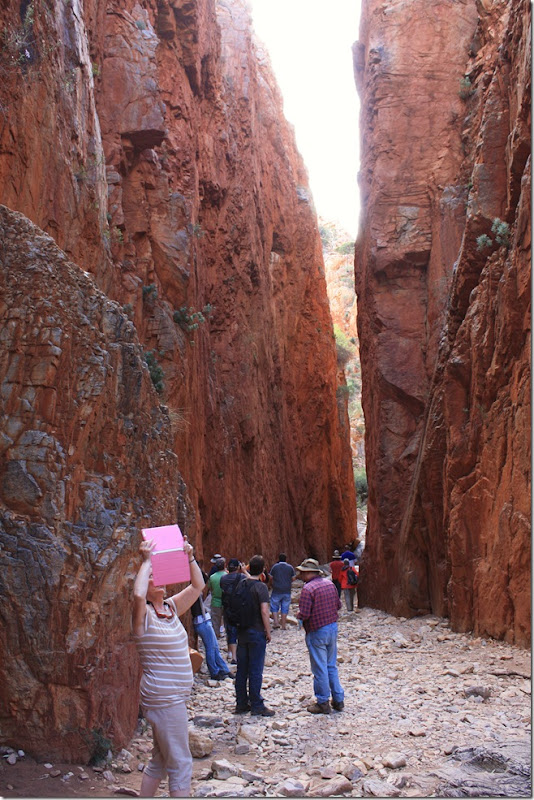
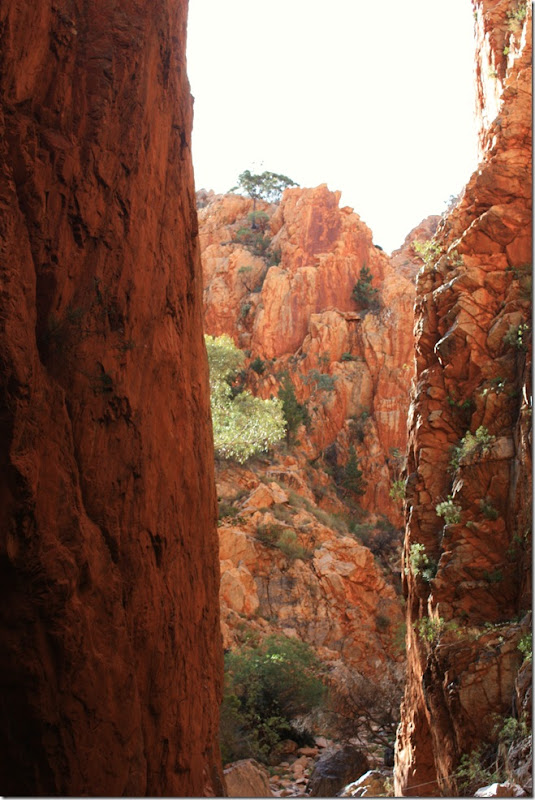

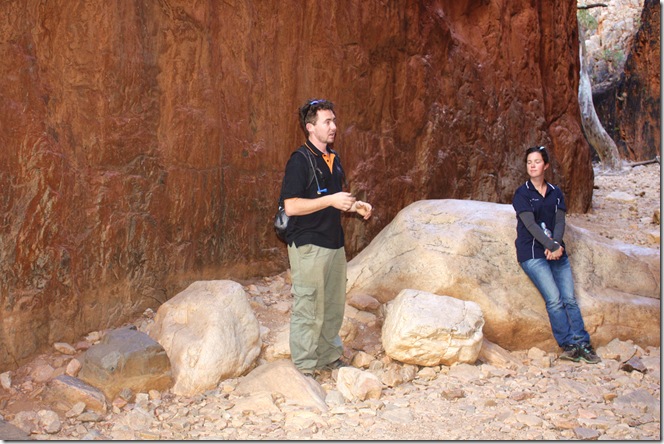
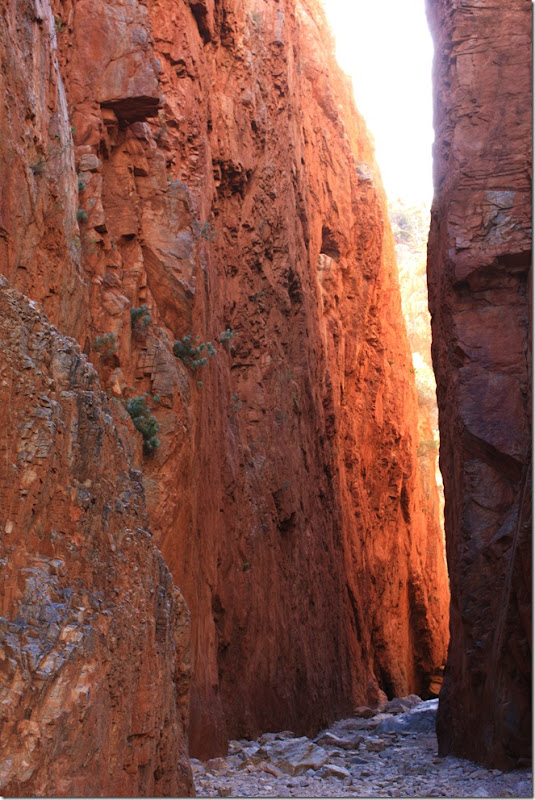

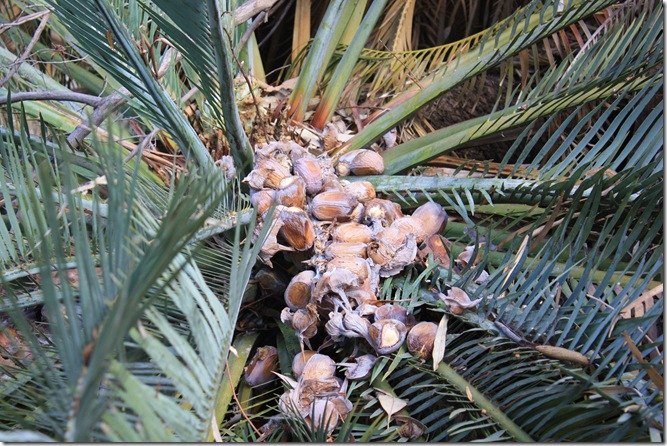
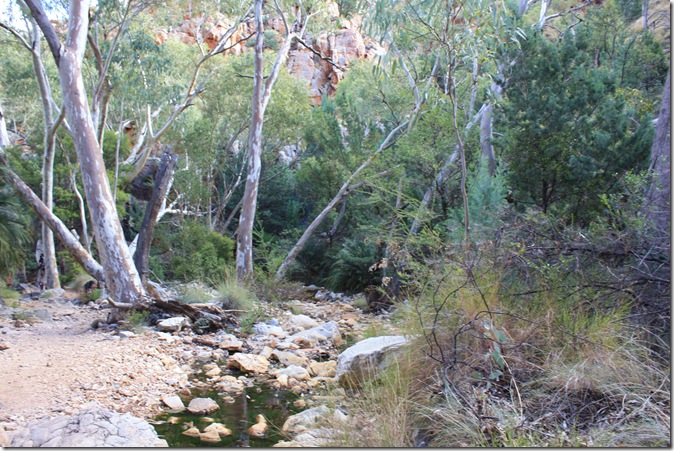
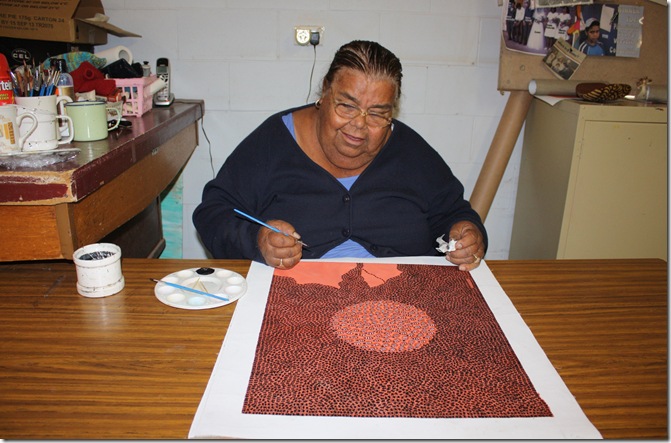
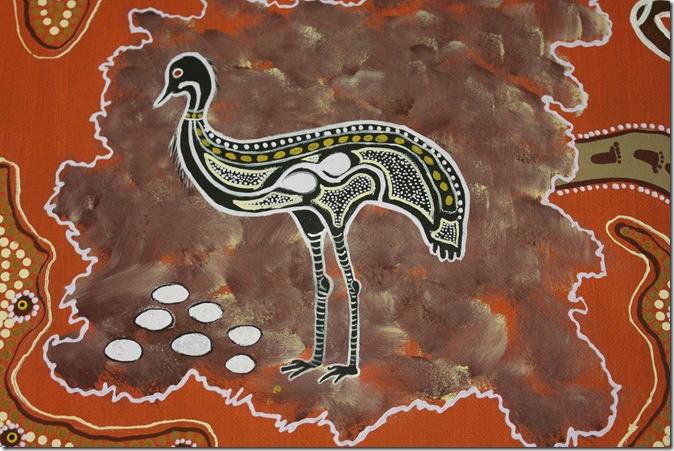



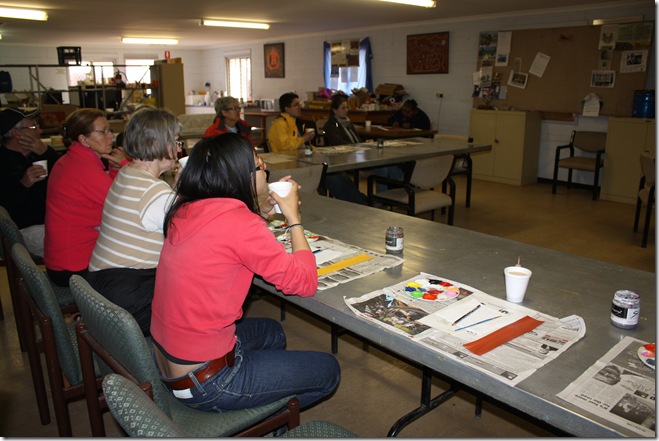

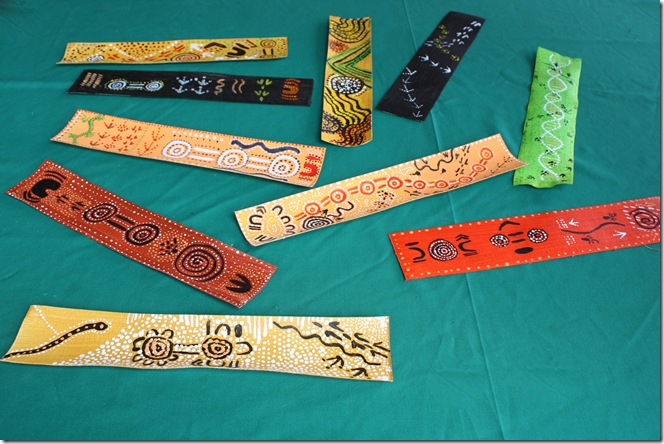
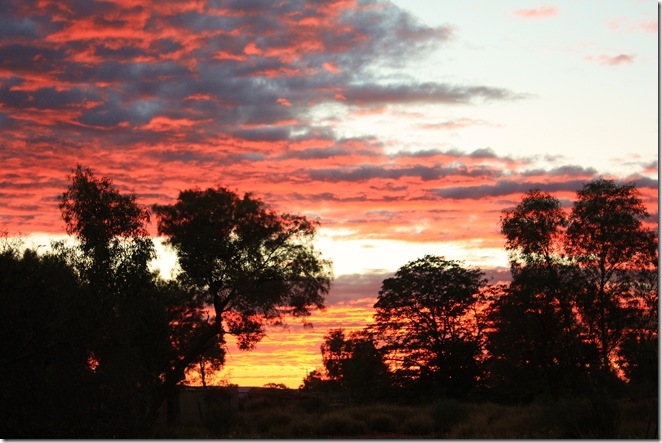

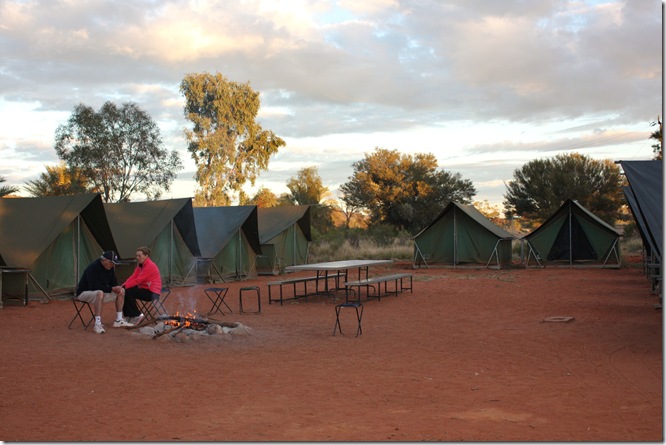
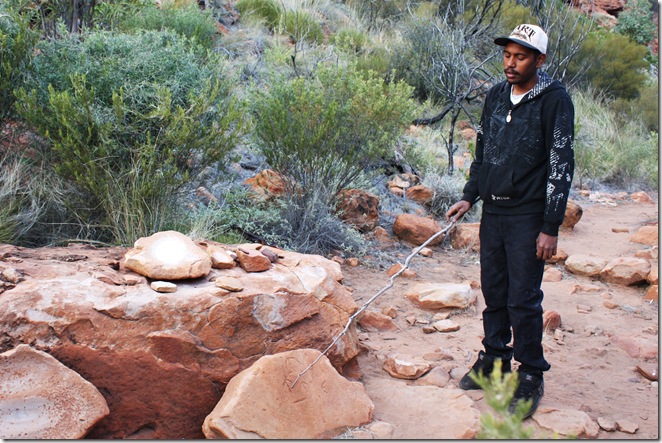
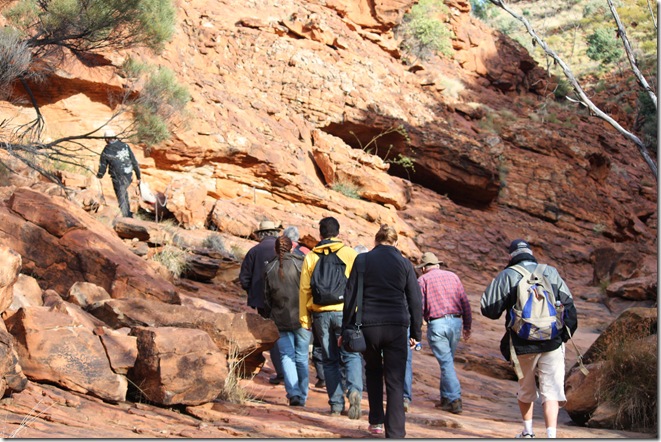

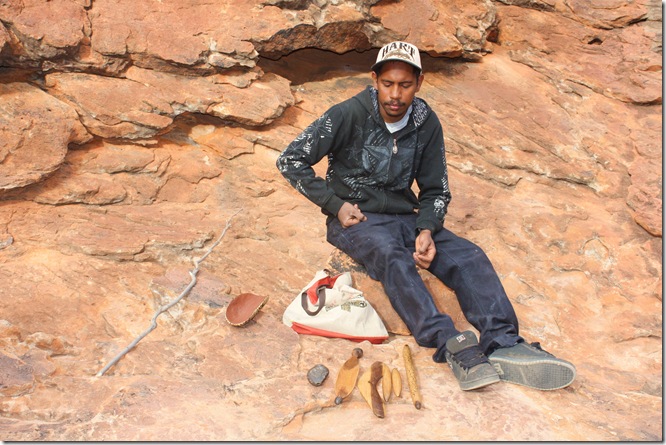
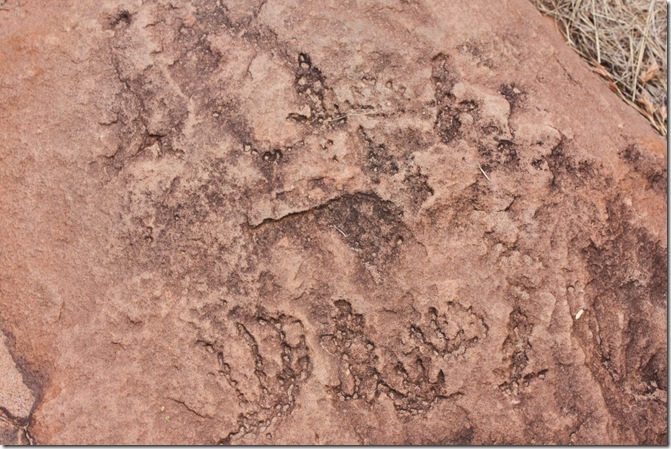
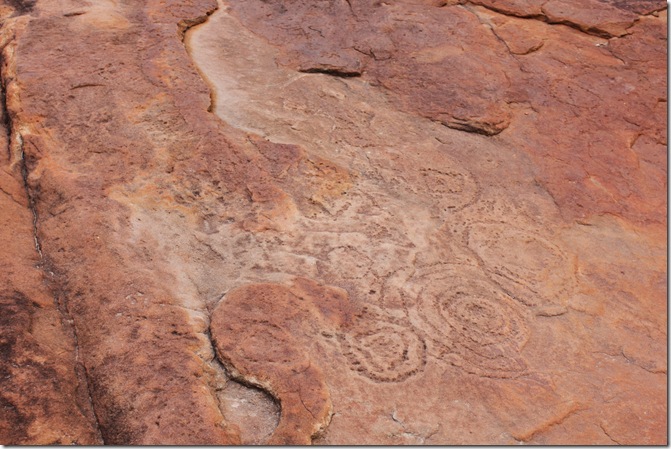
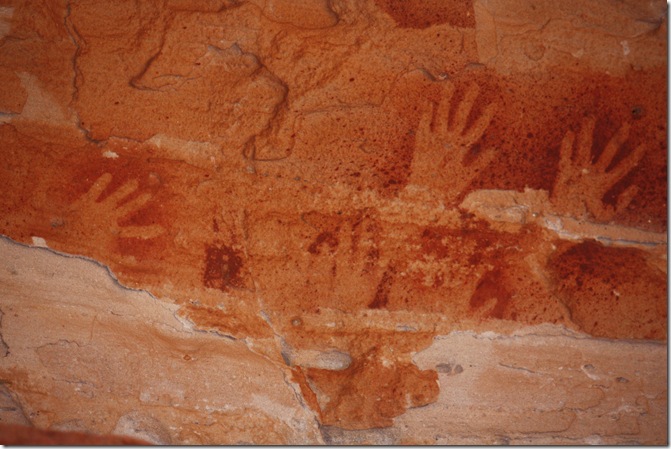
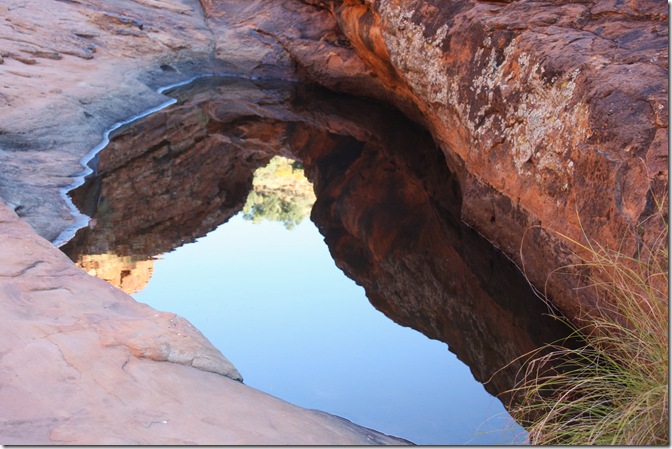
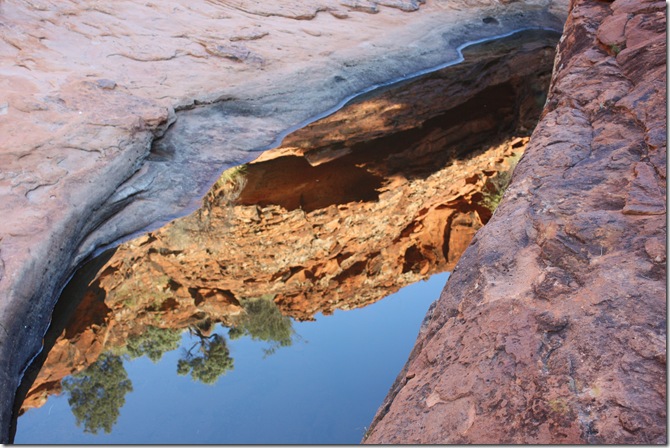
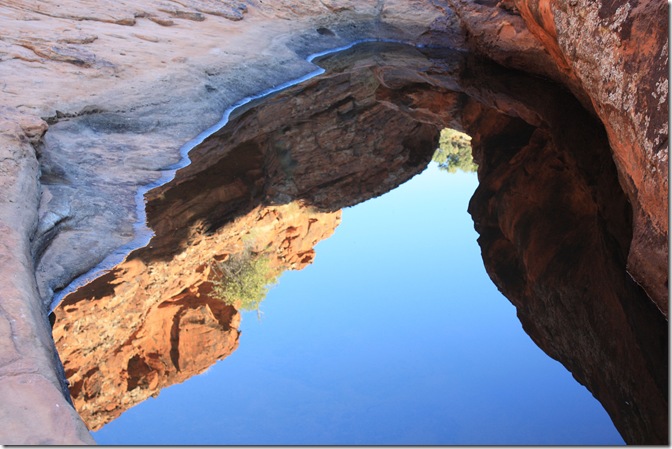
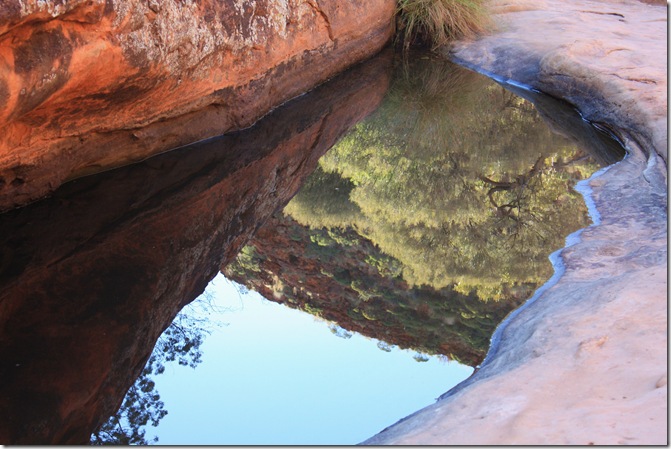
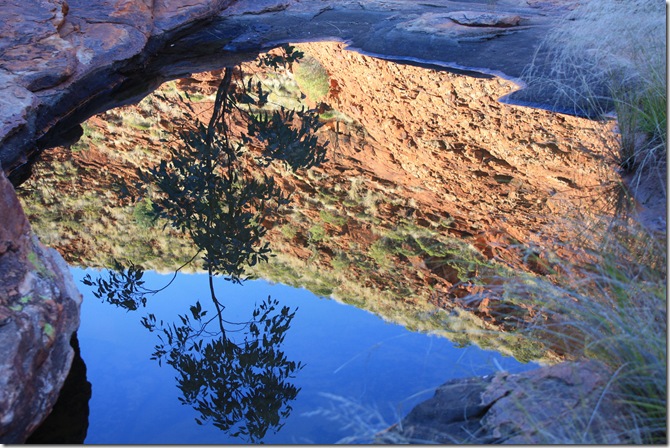
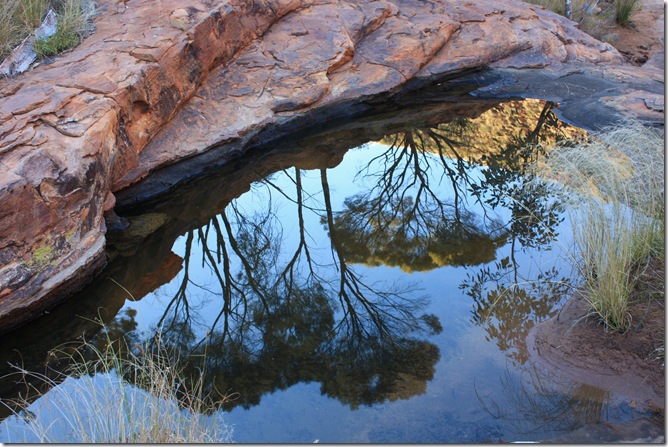
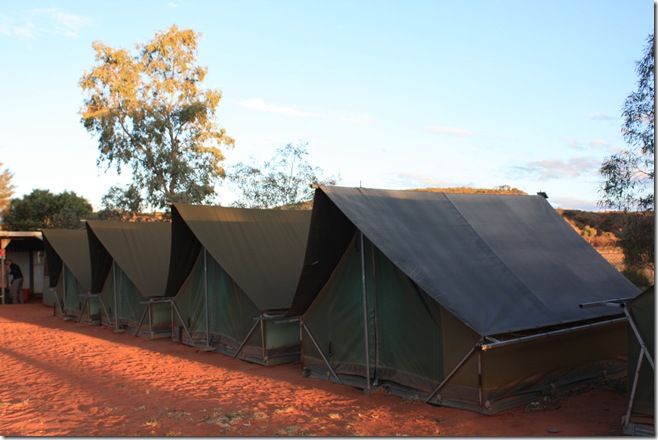
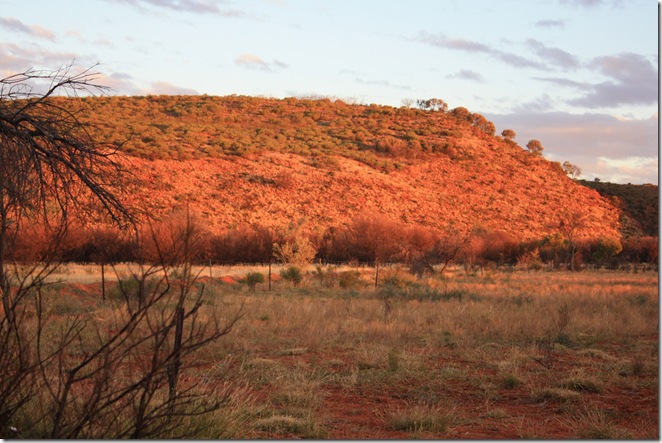
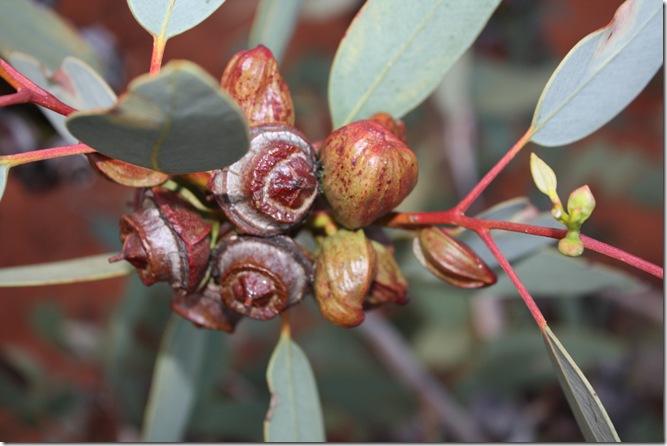
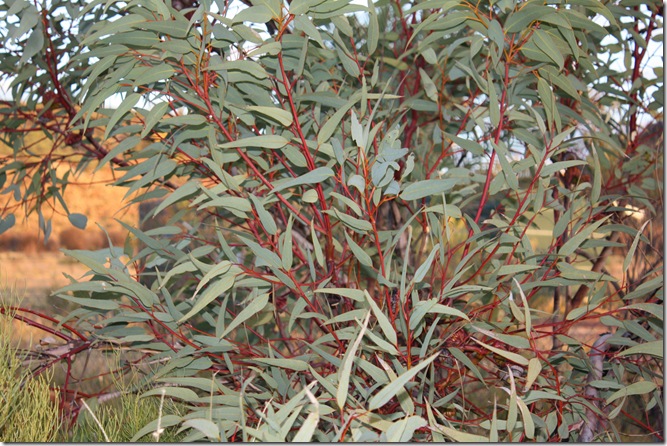
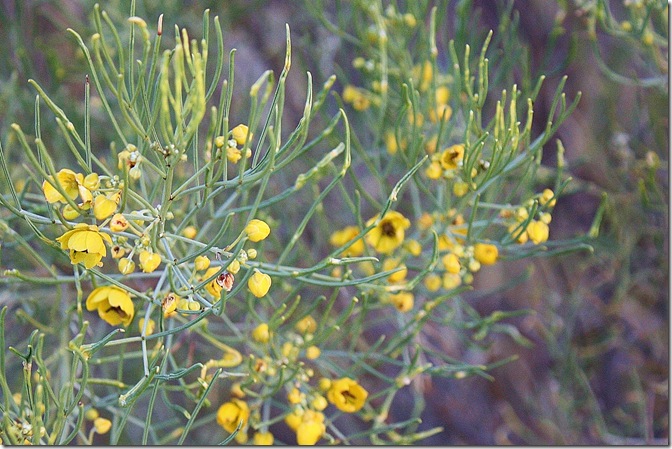
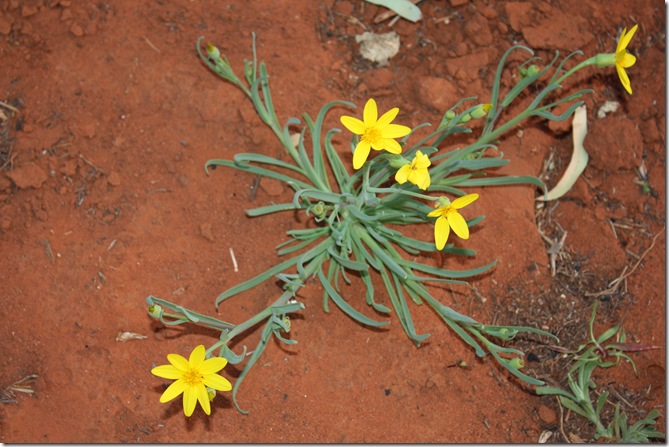
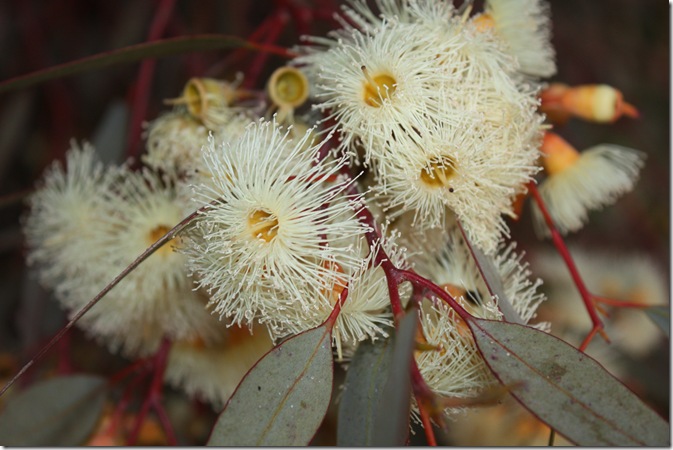






![IMG_1163 - Copy - Copy [Desktop Resolution] IMG_1163 - Copy - Copy [Desktop Resolution]](http://lh5.ggpht.com/-OvAtniOH9wY/T_EhkxTAkwI/AAAAAAAAHC4/BoJXa-agXSc/IMG_1163%252520-%252520Copy%252520-%252520Copy%252520%25255BDesktop%252520Resolution%25255D_thumb%25255B1%25255D.jpg?imgmax=800)